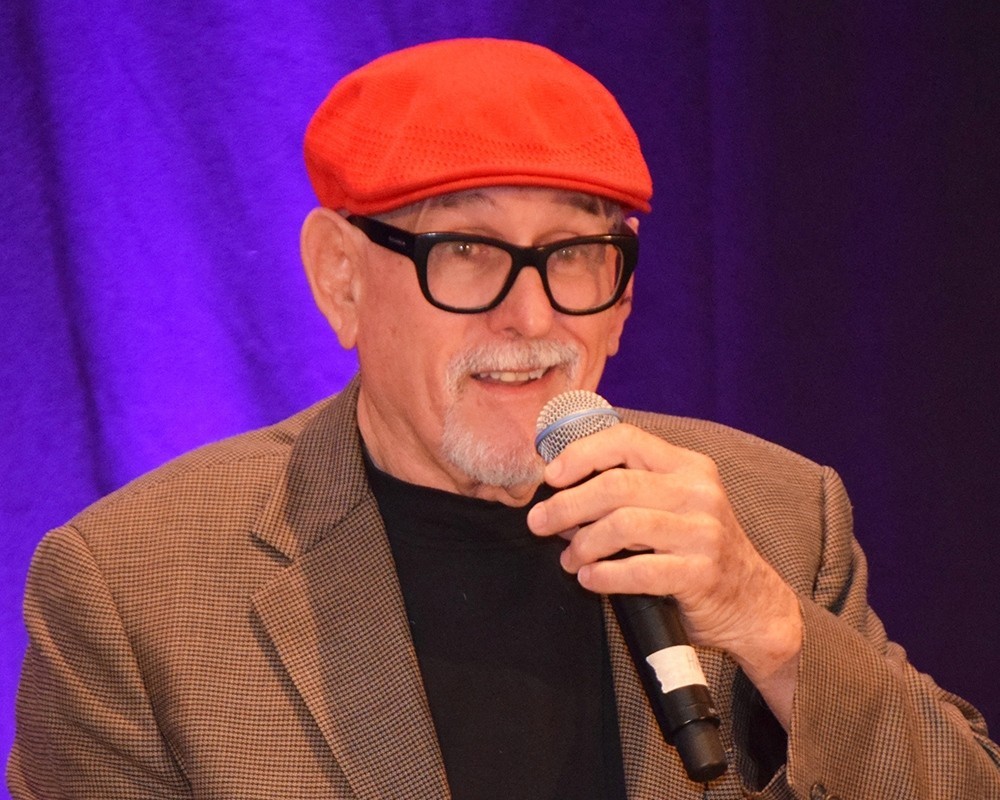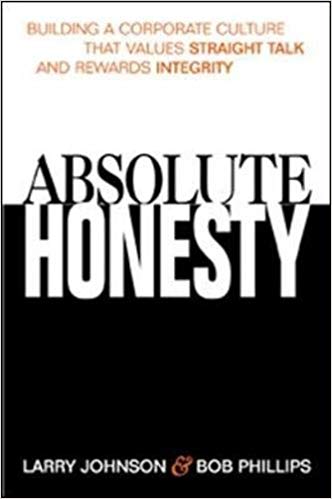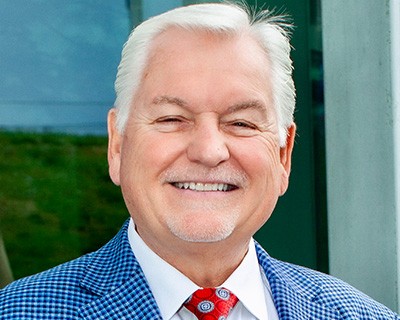No nonsense communication strategies based on integrity and honesty.
How to stay up, stay positive and thrive when times are turbulent.
How companies in the “Fortune 100 Top Companies To Work For” get on that list.
So employees take responsibility for getting the job done.
How Nordstrom and Southwest Airlines get customers to love them.
An inspirational message for healthcare audiences.
This presentation addresses four issues that are critical to successfully managing the turbulent waters of change.
- Why Change?
Larry reviews the reasons that change is necessary. Some people enjoy change for its own sake, but most will resist if the reasons for the change are not clear. Prior to the presentation, Larry will interview several people who will be in the audience so he can refer to specific changes that are affecting them presently.
- Dealing With The Psychological Effects of Change
Larry introduces the “Morale Curve.” Based on research from the Menninger Mental Health Clinic, this curve helps the participants understand the psychological rollercoaster that major change will very likely impose on them (see attachment #1). Included in this section is a participative exercise where participants examines how this curve has affected them in their own lives and how they can use it to deal with new changes that are inevitably coming in the future.
- Healthy Responses To Change
Larry reviews the PAL® model which describes the three healthy responses that humans can apply to any situation in which they are unhappy: Proactive Change, Acceptance and/or Embracing, and Leaving the situation (see attachment #2). This model is particularly helpful during the Anger phase of the Morale Curve. Larry will have the participants to do a short exercise that helps them apply the PAL® concepts to their own lives.
- Leading Change (optional, depending on the percentage of managers vs practitioners in the audience)
Larry discusses the challenges of leading changes from the perspective of a manager and/or an informal leader. He discusses the need to manage the pain of the change by applying a formula that addresses the various types of pain that people are experiencing as they progress through a change process.
Let’s face it. Straight, honest, no nonsense communication in organizations today is more rare than common. Whether it’s fear of reprisal, natural timidity, or not wanting to hurt someone’s feelings during an audit, many of us avoid telling the truth when the truth needs to be told. The same applies to many of those who will be working for us.
The cost of such reticence can be high. If the company CFO is afraid to give answers the CEO doesn’t want to hear, the CEO makes bad decisions and the CFO loses credibility. If managers can’t get honest feedback from their subordinates, they, like the emperor in the fable of the Emperor’s New Clothes, they will appear foolish and make stupid mistakes. If employees can’t get honest feedback from their managers, they don’t improve, and their poor performance devalues the organization. If team members feel uncomfortable expressing contrary opinions, the status quo never gets challenged and creativity dies.
Research at the University of Texas found that customer satisfaction is no guarantee of customer loyalty – that loyalty only comes from customers who love you. Companies like Disney, USAA, Nordstrom Department Stores and Wegmans Supermarkets figured that out long ago so they provide customers with experiences that make customers love them. Larry Johnson will show you how to make your residents love you.
Take-aways include:
• The “5/11 Squared Formula” as it applies to word of mouth advertising
• Creating a positive customer experience from the first point of contact
• The importance of timely responses to customer requests
• Managing customer expectations so you don’t disappoint them
• Five bonding behaviors that put customers on your side
• The Lagniappe principle that makes customers feel special
• Five critical questions to empower staff to solve customer complaints
• Twelve “no no’s” guaranteed to get rid of customers
“It’s “It’s not my fault.” “It’s not my job.” “I didn’t know.”
Excuses. We’ve heard them all. Wouldn’t you love to have all your employees see what needs to be done, do what needs to be done and accept responsibility for the results? In this presentation, Larry Johnson offers you practical strategies to raise the odds everyone on your team behaves responsibly every time.
You’ll learn to:
• Apply three techniques for instilling a sense of job ownership in employees.
• Use a conversational road map for tough conversations with non-performers.
• Implement five strategies for changing the culture to be more accountable.
Larry approaches the issue of accountability from three perspectives:
Creating a POSITIVE environment where everyone WANTS to do their very best.
2. Clarifying expectations so everyone knows what represents success. Research has also shown that when managers complain about employees not behaving accountably, the cause can often be traced to the failure to adequately communicate expectations around accountability.
3. Turning around those who insist on not taking responsibility. Larry will share his Conversational Roadmap to help managers turn this trend around.
Year after year, companies like Marriott, USAA and Wegmans Markets are listed in Fortune Magazine’s 100 Best Companies To Work For. How do they do it? It’s more than offering high salaries, onsite health centers and gourmet cafeterias. It’s enlightened people management that creates a culture where people want to do their best and never leave.
In this session, Larry Johnson will share the secrets of some of those Fortune 100 Best Companies To Work For and offer ideas on how you can apply those secrets to your team’s culture, even if you don’t have a humongous budget.
A presentation of the good, the bad, and the wonderful aspects of one family’s journey through the health care system
While on a bicycling vacation in 2003, CJ Johnson, wife of well-known author, speaker and corporate culture expert Larry Johnson was involved in an accident that changed their world. Despite wearing a helmet, CJ sustained a closed-head injury that put her in a coma for eight weeks, and a persistent vegetative state for seven months. Going from hospitalization in intensive care, to skilled nursing facilities to home health care, CJ and Larry experienced first-hand what it’s like to be served by caregivers, technicians, nurses, doctors, therapists, administrators.
Inspirational
This presentation is Larry’s personal story about that journey. It is guaranteed to touch the hearts of the audience and make them glad they have chosen their noble profession.
Informative
It also shows the audience some of the flaws in the health care system as seen from his personal experience, and offers concrete suggestions to correct those flaws. It also celebrates the good that the tremendous good that health care offers to its clients and their families.
Audience takeaways
1. A fresh commitment to providing superlative care.
2. Scheduling suggestions that will improve patient/resident satisfaction scores.
3. Techniques for motivating caregivers so they take even better care.
4. Criteria for culling mediocre staff from your winners.
5. A fresh approach for creating a culture of accountability where everyone takes responsibility for excellent care.
6. One critical idea for reducing employee turnover.
7. A new awareness of the negative behavior patterns that staff can sometimes slip into and what to do about it.
8. New energy for delivering care for residents, patients and clients.
Two versions
For Caregivers – this version focuses on actual caregivers and is designed to remind them of the basics and celebrate them for the challenging and rewarding work they do.
For Managers: this version includes the inspiration of the Caregiver version, but also includes what managers can do to build a culture of accountability where staff are more likely to take responsibility for delivering the quality of care patients and residents deserve.






